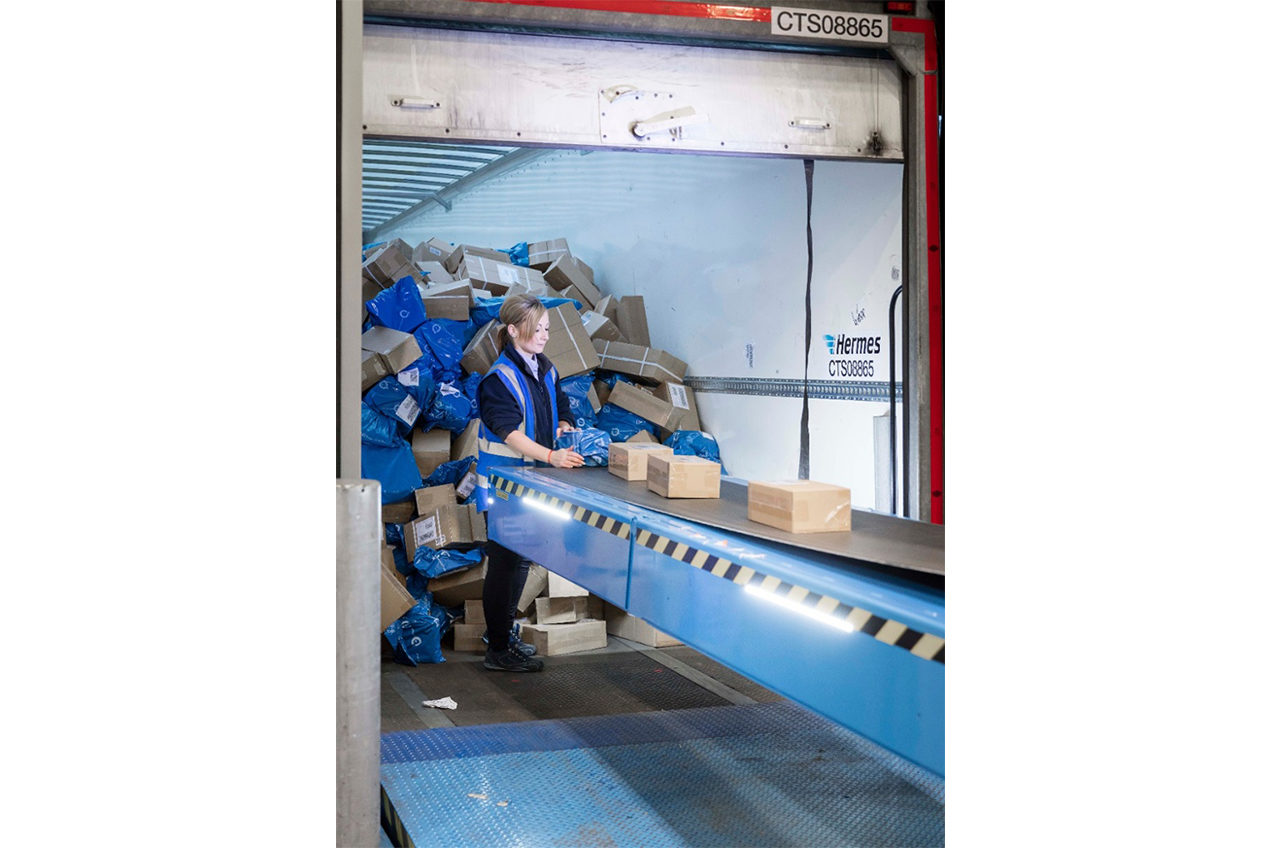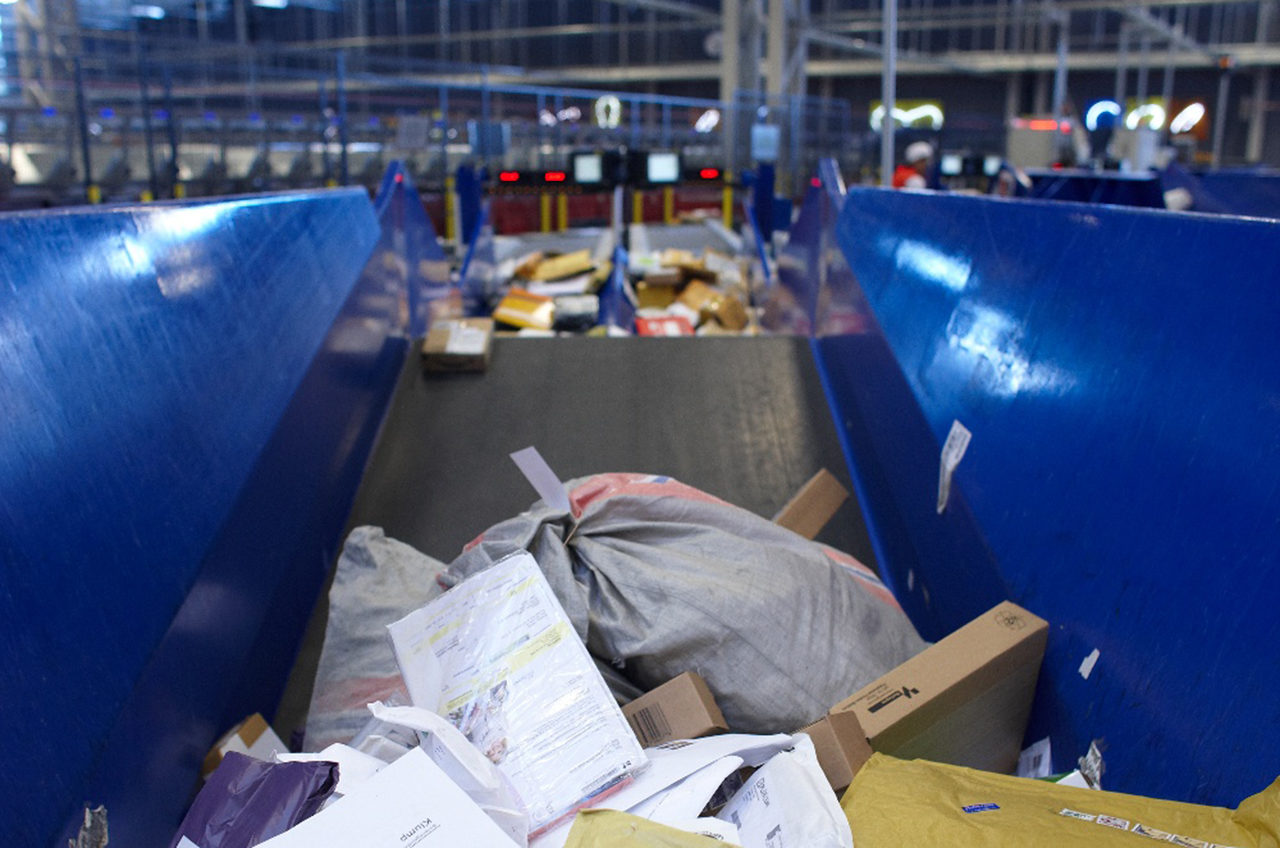4. Rely on preventative maintenance
High-tech, high-performing systems operate best with preventative maintenance programs that follow the manufacturer’s recommendations.
Preventive maintenance can be compared to an annual physical check-up. Technicians perform these maintenance tasks when everything is still running smoothly in order to prevent future breakdowns or emergency maintenance issues (Source). For sortation systems maintenance, recommendations are usually based on the number of operating hours.
As part of your regular data capture about equipment condition, as well as in relation to stress testing, you should inspect components that are particular vulnerable to wear and tear during peak season, including cabling, photo eyes and sensors, and motors and belt alignments.
Consult with your systems and spare parts suppliers in relation to increased maintenance intervals. They can also provide refresher training for maintenance personnel on troubleshooting and prompt repair.
5. Craft an emergency response plan
With a preventative maintenance plan in place, it’s also important to review your plan for emergency maintenance to ensure you have the expertise, partners, and parts necessary to handle the increased operating hours and multiple-shift conditions of peak season. As part of the emergency response plan, identify the key equipment that could bring operations to a halt should it go offline.
6. Collaborate with IT
CEP operations today are IT-driven, and as such, 24/7 IT support is critical. You should have an IT response process in place, including how, when and whom to contact in case of systems failure.
Make certain that your on-site IT staff has the proper training and level of expertise to troubleshoot and manage potential IT issues. And make sure that they have access to tech support from your equipment partners for remote assistance, if needed.
7. Invest in spare parts
Your peak-season maintenance and response plan will help you identify which spare parts you and your equipment partners should have readily available for fast repairs. Always double-check your spare parts inventory prior to peak season.
8. Ensure adequate staffing and training
No peak-season plan is complete without a workforce component. The plan should call for sufficient staffing levels for all shifts, including production associates, supervisory personnel, maintenance teams, IT resources, and managerial level team members who may be needed to help coordinate and resolve complex issues or set priorities. Additionally, the plan should include refresher training for supervisory personnel and sufficient training for temporary operators.








